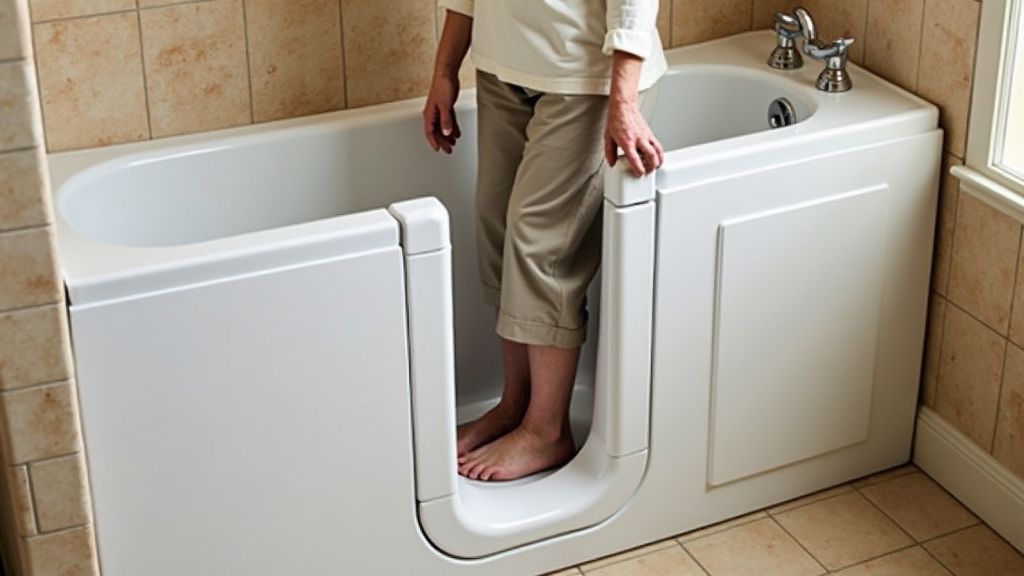For those looking to maintain independence while aging in place, walk-in tubs are a top choice. They offer comfort, safety, and ease of use. However, concerns about affordability can cloud their allure. A common question arises: Does Medicare cover the cost of these accessible bathing solutions? Join us as we delve into this important topic.

Understanding Medicare Coverage
Medicare, the federal health insurance program primarily for people aged 65 and older, is often the first stop for seniors seeking coverage for healthcare needs. However, it's crucial to understand the distinctions within Medicare itself. Original Medicare, which includes Part A (hospital insurance) and Part B (medical insurance), is the foundation. Unfortunately, Original Medicare does not typically cover 'home modifications' or items deemed 'luxuries,' which often includes walk-in tubs. Yet, the world of Medicare isn't so black and white. Some situations might allow for coverage, leaving a glimmer of hope for those in need.
The Pathways to Coverage
Josephine, a vibrant 78-year-old with a zest for life, found herself in need of safer bathing options after a minor fall in her traditional bathtub. Her journey to understanding Medicare coverage was enlightening. While Original Medicare was initially a dead end, she discovered Medicare Advantage plans could be a saving grace. These plans, offered by private insurance companies, sometimes provide additional benefits beyond what Original Medicare offers. Josephine learned that some plans included home modifications, including walk-in tubs, particularly when prescribed as medically necessary by a healthcare provider.
Medically Necessary: The Key to Unlocking Support
The term 'medically necessary' often serves as the key unlocking potential Medicare support for walk-in tubs. Dr. Martin, an experienced geriatrician who has guided many through the cluttered paths of insurance policies, explains that securing a letter from a healthcare provider declaring the bathtub a medical necessity due to specific health conditions such as arthritis or mobility issues can significantly enhance the chances of coverage. Dr. Martin emphasizes that detailed documentation supporting the clinical need is crucial in convincing insurance providers to view walk-in tubs as more than just a luxury.
Navigating Plan Options and Exceptions
Marcus, a Medicare adviser with years of experience, shares tips on navigating the complex world of insurance. He suggests that while researching Medicare plans, individuals should look for keywords such as 'home modifications' or 'durable medical equipment' when evaluating plan benefits. Furthermore, understanding potential exceptions, such as allowances for veterans or specific state-run assistance programs, can provide additional avenues for financial aid. Real-life stories like Marcus's encounter with Frances, who managed to get her walk-in tub partially covered by leveraging a state assistance program, highlight the importance of thorough research.
Planning Ahead for Peace of Mind
Adopting a forward-thinking mindset is vital for those considering a walk-in tub. Sarah, an enthusiast for senior living solutions, recommends seniors begin planning home modifications well ahead of any health decline. She suggests creating a financial fund dedicated to home accessibility needs and consulting with financial advisers and Medicare experts early on. Sarah notes that preventative planning often results in fewer surprises and provides peace of mind. Her advice resonates with a larger sentiment that preparation and awareness can ease the way toward more comfortable and safer living arrangements in later years.